DIY Aero Tub
TheMasterGardener1
12 years ago
Related Stories
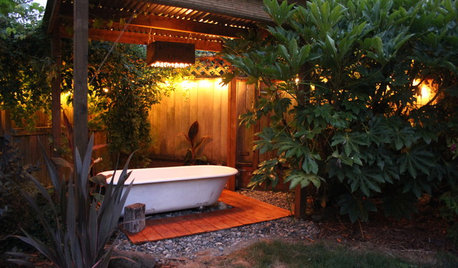
GARDENING AND LANDSCAPINGSee a Soothing Backyard Bathhouse Born From a Salvaged Tub
Creative thinking and DIY skills give a Portland couple a pergola-covered 'hot tub' under the stars
Full Story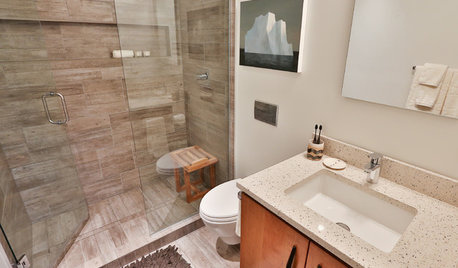
BATHROOM DESIGNSee 2 DIY Bathroom Remodels for $15,500
A little Internet savvy allowed this couple to remodel 2 bathrooms in their Oregon bungalow
Full Story
DIY PROJECTS12 Signs You've Caught the DIY Bug
Been making inventive things from scratch? Repurposing salvaged pieces creatively? It may be more serious than you think
Full Story
SALVAGEDIY: Secrets of Successful Upcycling
Learn how to find and customize salvaged pieces and materials to create one-of-a-kind furniture and accessories you love
Full Story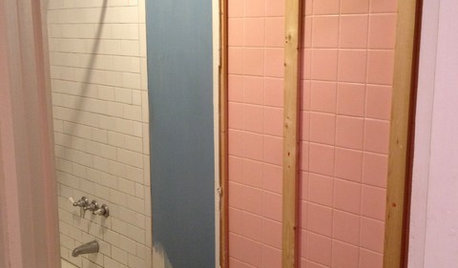
REMODELING GUIDES5 Ways DIY Remodels Get Derailed — and How to Deal
Keep your remodel on track by knowing the potential pitfalls ahead of time
Full Story
DECORATING PROJECTSDIY Project: Vintage Book Wallpaper
Give your home getaway a well-read look with writing on the wall
Full Story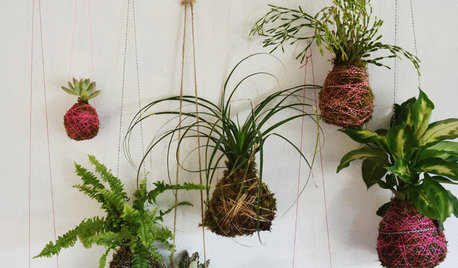
HOUSEPLANTSDIY Project: How to Make a ‘Kokedama’ String Garden
Dig in to create a simple, beautiful Japanese-inspired hanging garden
Full Story
SMALL HOMESMy Houzz: DIY Love Pays Off in a Small Prague Apartment
Hard work and creative thinking turn a compact studio in the Czech Republic into a welcoming and cozy home
Full Story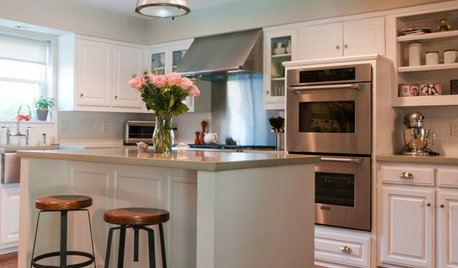
KITCHEN DESIGNShow Us Your Fabulous DIY Kitchen
Did you do a great job when you did it yourself? We want to see and hear about it
Full Story
HOUZZ TOURSMy Houzz: Elegant DIY Updates for a 1970s Dallas Home
Patiently mastering remodeling skills project by project, a couple transforms their interiors from outdated to truly special
Full StoryMore Discussions






grizzman
hex2006
Related Professionals
Garden City Landscape Architects & Landscape Designers · Kyle Landscape Architects & Landscape Designers · Southfield Landscape Architects & Landscape Designers · Paradise Landscape Architects & Landscape Designers · Frisco Landscape Contractors · Cockeysville Landscape Contractors · El Segundo Landscape Contractors · Fort Myers Landscape Contractors · Gainesville Landscape Contractors · Lynchburg Landscape Contractors · Nanuet Landscape Contractors · Paramus Landscape Contractors · South Lyon Landscape Contractors · Suitland Landscape Contractors · Brentwood Los Angeles Outdoor Lighting & Audio Visual SystemsTheMasterGardener1Original Author
hex2006
Soyousee
hex2006
homehydro
hex2006
homehydro
TheMasterGardener1Original Author
hex2006
TheMasterGardener1Original Author
hex2006
Soyousee
hex2006
TheMasterGardener1Original Author
hex2006
Soyousee
TheMasterGardener1Original Author
homehydro
grizzman
hex2006
hex2006
TheMasterGardener1Original Author
hex2006
TheMasterGardener1Original Author
Soyousee
TheMasterGardener1Original Author
hex2006
TheMasterGardener1Original Author
hex2006
grizzman
hex2006
homehydro
hex2006
homehydro
grizzman
hex2006
homehydro
homehydro
hex2006
TheMasterGardener1Original Author
homehydro
hex2006
homehydro
hex2006
hex2006